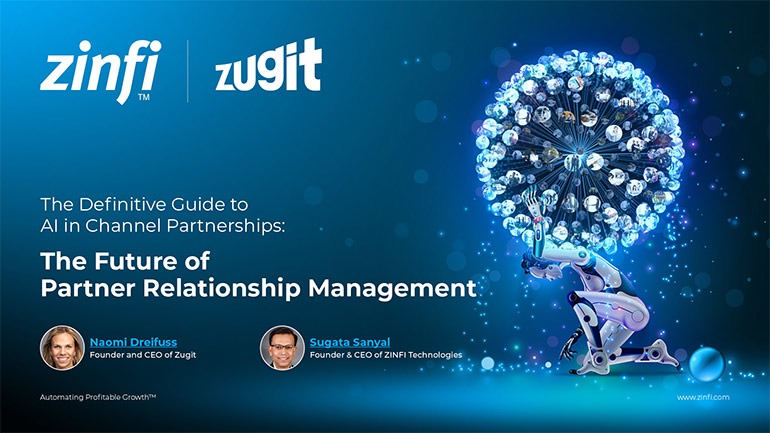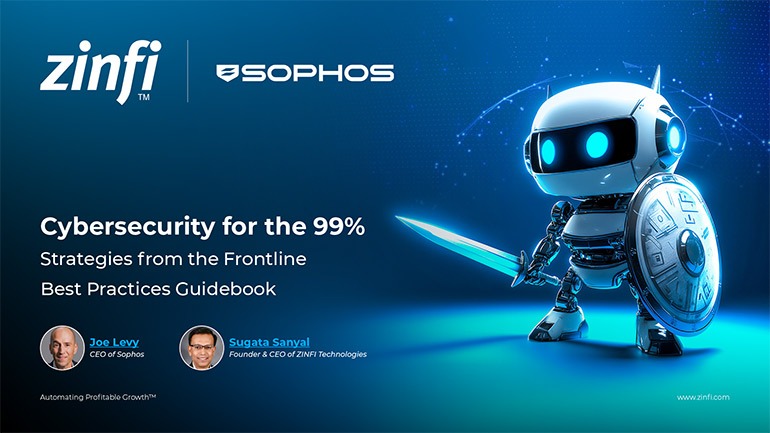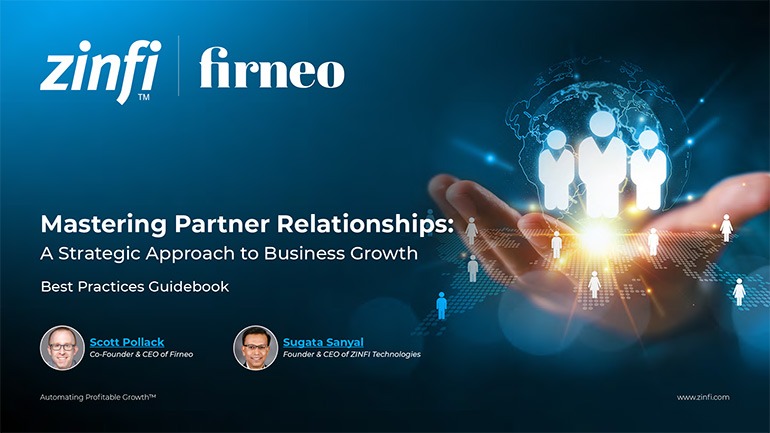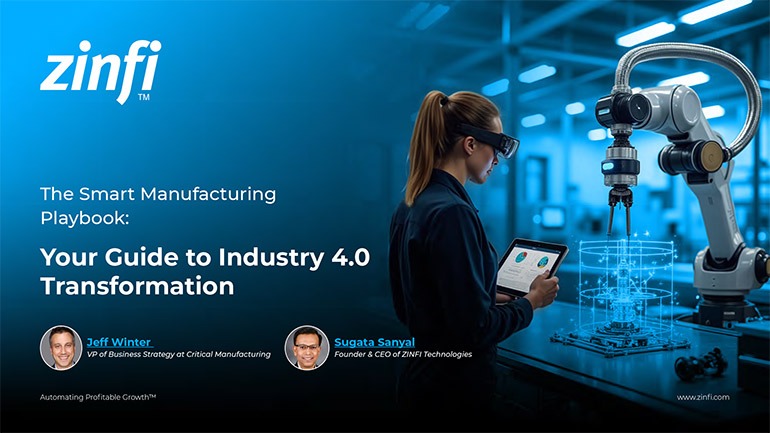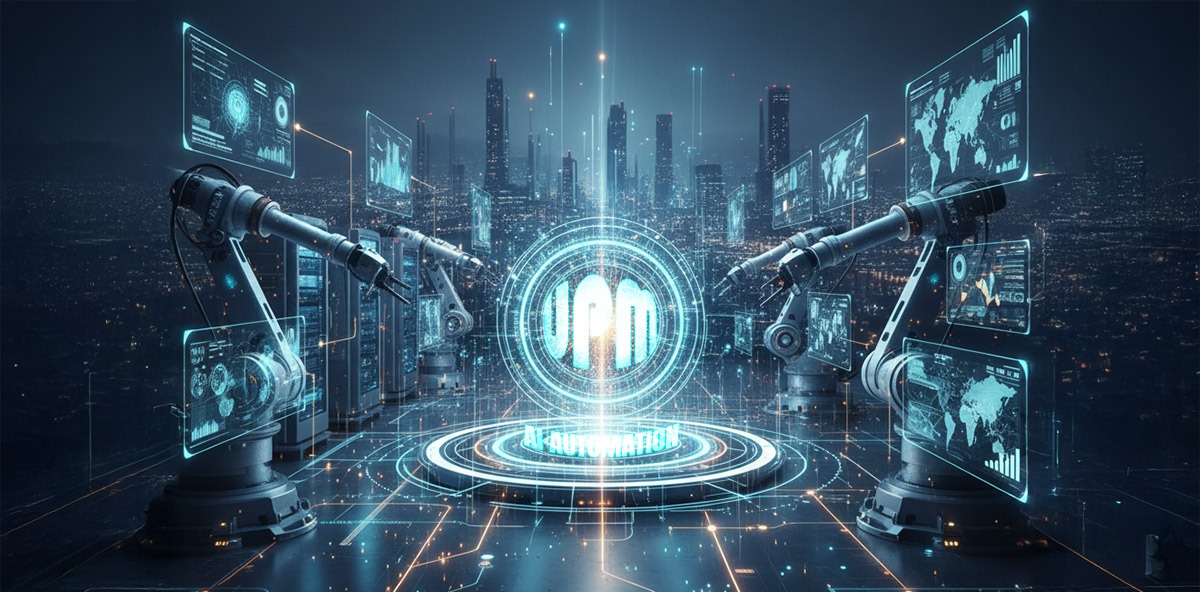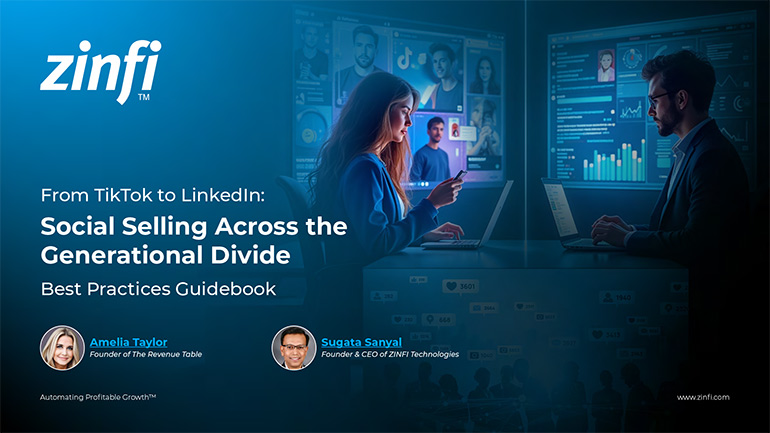The discussion opens with a look into the foundational era of Managed Service Providers (MSPs), spotlighting the dramatic shift from traditional break-fix support to flat-rate, bundled services. In the mid-2000s, the industry was still defining itself. Offering IT support through a recurring subscription model was considered radical—especially to small and medium-sized businesses (SMBs) accustomed to paying per hour for troubleshooting. Many MSPs faced skepticism from price-sensitive clients who viewed long-term commitments with caution. Yet this transition laid the groundwork for a scalable, predictable service delivery model.
As the MSP model matured, service providers began refining their value proposition. Remote Monitoring and Management (RMM) tools, automated patching, and dedicated helpdesk software became essential to delivering consistent, reliable IT support. Equally important was the evolution of vendor management—MSPs began solving not just technical problems with client-owned infrastructure but also coordinating across third-party solutions to streamline IT environments. This holistic approach—combining helpdesk operations, proactive monitoring, and third-party vendor liaison—became the industry standard and repositioned MSPs from reactive troubleshooters to strategic business enablers.
In those early days, go-to-market strategies were often reactive, and the vendor landscape was underdeveloped. Unlike today’s mature distributor ecosystems with tiered pricing and partner enablement resources, early MSPs struggled with one-size-fits-all licensing and little room for scalability. Despite these limitations, thought leaders and industry pioneers established frameworks that educated the market. Through boot camps, events, and dedicated training initiatives, these early contributors helped guide over 30,000 MSPs globally—establishing best practices for service packaging, delivery optimization, and revenue modeling. These efforts laid a strong foundation for a resilient and highly adaptable sector.




